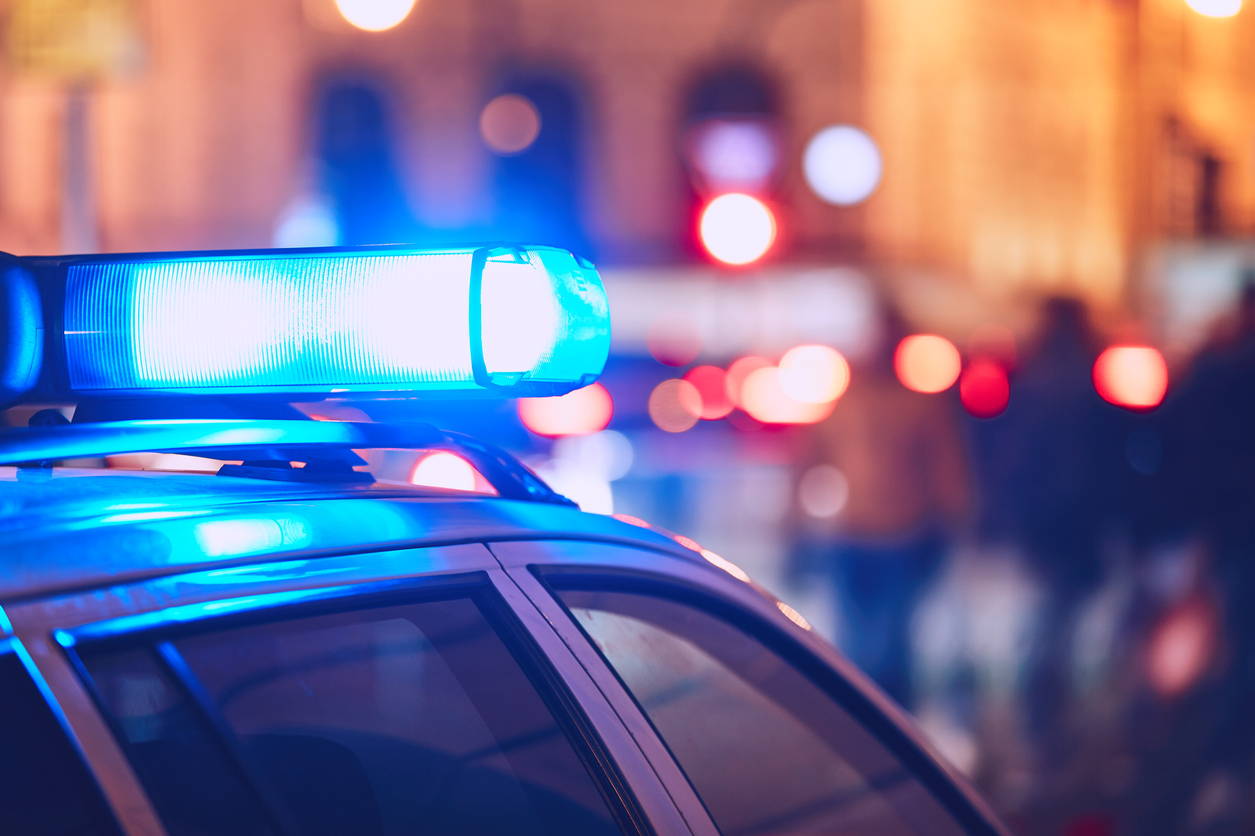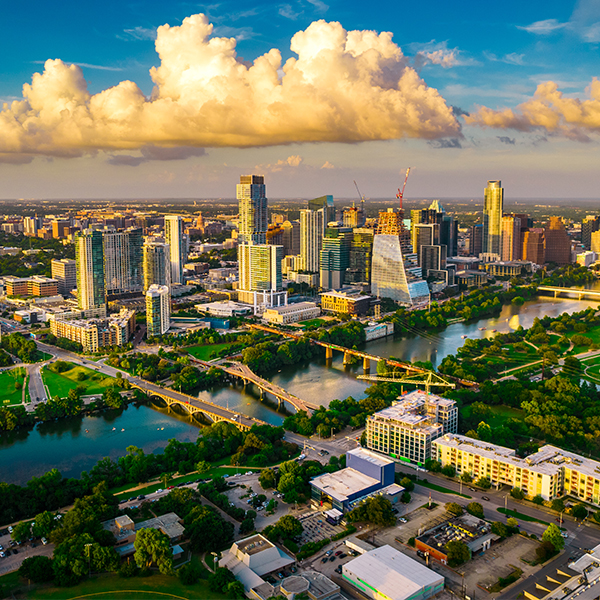
High-speed pursuits are risky for everyone nearby, not just the fleeing driver. If your car was hit during a pursuit, you need clear answers about what happens if your car gets damaged in a police chase.
In Utah, the fleeing driver is usually responsible, but liability can shift if police or other motorists contributed to the crash.
Who Pays for Damage in a Police Chase?
The fleeing driver often bears primary liability for a police chase car crash. Their insurer may cover your losses if they carried a valid policy. Police can share fault if the pursuit violated policy or created unreasonable danger for bystanders.
Other motorists may be responsible if their negligence helped cause the collision. Liability turns on facts, not headlines. Police reports, pursuit policies, dash cams, and witness statements matter more than assumptions.
When Police Damage Your Car
If a patrol car hits you, different rules apply because government agencies have immunity protections. Utah’s Governmental Immunity Act allows claims in some situations, but the process has strict notice rules and short deadlines. Recovery may be possible if an officer acted negligently or the agency failed to follow its own pursuit policies.
Government claims move on different timelines than ordinary insurance disputes. Missing a notice deadline can end a claim before it starts.
Insurance That May Apply After a Police Chase Accident
Several coverages can help even before fault is sorted out. The right combination can restore your vehicle faster and reduce out-of-pocket costs.
The most common coverages include:
- Collision coverage: Pays for your car repairs, minus your deductible, regardless of fault
- Uninsured motorist property damage: Helps if the fleeing driver had no insurance or fled the scene
- Underinsured motorist coverage: Fills the gap when the at-fault driver’s limits are too low
- Personal injury protection: Covers initial medical costs under Utah’s no-fault system
- Rental reimbursement: Pays for a temporary vehicle while yours is repaired
Check your policy for limits and exclusions, then open claims promptly. Your insurer may seek reimbursement later through subrogation.
What To Do if Your Car Was Hit During a Police Chase
Early steps can make or break a claim. The goal is to document fault, preserve evidence, and avoid disputes about damages.
Take these actions as soon as you can:
- Call 911 and get an incident number so the pursuit appears in official records
- Photograph vehicle damage, debris, skid marks, and intersection controls from multiple angles
- Gather names and contact information for officers and witnesses on scene
- Ask how to request dash cam footage, body cam footage, and radio traffic tied to the pursuit
- Notify your insurer and keep receipts for towing, storage, repairs, and rental costs
A short written timeline created the same day is useful. It preserves details you may forget later.
Deadlines and Evidence Under Utah Law
Utah’s no-fault rules let you use personal injury protection for medical bills right away. Property damage claims still follow fault, with the fleeing driver or another negligent party responsible for repairs. Claims against a police department have different notice rules than claims against private drivers.
Expect to collect and keep several categories of proof. Useful items include:
- The complete police report and any supplemental pursuit narratives
- Photos, videos, and repair estimates from certified shops
- Proof of ownership, loan or lease terms, and fair market value data for total loss claims
- Medical records, if you were hurt, including bills and time off work documentation
- Written requests for dash cam, body cam, and dispatch audio with dates and file identifiers
Label everything and store digital copies. Organized records shorten claim timelines and support full repayment.
Who Decides Fault in a Police Chase Accident?
Insurers begin with the police report, then compare it to physical evidence and policy language. For government defendants, claim adjusters and agency counsel evaluate negligence and policy compliance.
If evidence conflicts, recorded statements, expert reconstruction, and camera footage can be decisive. Fault can be split among multiple parties. Even a small percentage change can affect how much each insurer pays.
What Happens if Your Car Gets Damaged in a Police Chase?
What happens if your car gets damaged in a police chase depends on who caused the crash, what the pursuit records show, and which coverages you carry. Start claims quickly, preserve every piece of evidence, and calendar any government notice deadlines.
With clear documentation and timely filings, you can recover repair costs, rentals, and other losses without getting stuck with the bill. If you need help, contact your nearest McMinn Personal Injury Lawyers location to schedule a free consultation today.
We serve in Austin, TX, and Salt Lake City, UT.
McMinn Personal Injury Lawyers – Austin, TX Office
502 W 14th St, Austin, TX 78701
(512) 474-0222
McMinn Personal Injury Lawyers – Salt Lake City, UT Office
650 S 500 W Suite 290, Salt Lake City, UT 84104
(385) 462-7630
